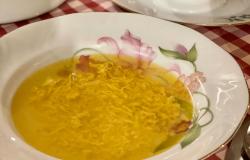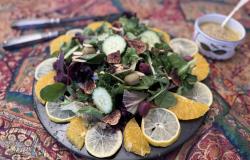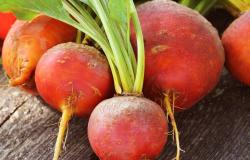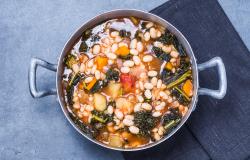Pancotto: The 'Penitential' Roots of an Italian Classic

Photo By Emiko Davies
The cucina povera has given us some remarkable Italian dishes. From stale bread-based specialties like pappa al pomodoro and panzanella to the vast array of dishes made from offal, the frugality and want of peasant life have definitively shaped modern Italian cuisine. The bread soup known as pancotto falls squarely into this tradition, given its peasant origins and uber-simplicity of ingredients—stale bread and stock (or water), to which vegetables, herbs, cheese or olive oil might be added, depending on regional variations.
Yet pancotto’s origins can be traced to another tradition, one religious in nature and predating by several centuries the era we’ve come to associate with cucina povera customs. By the end of the 6th century A.D., the practice of carrying out a penance for one's sins had become frequent and habitual among Catholics, with diet-based restrictions being a common form of said penance. Bread and water, not surprisingly, comprised the typical restricted diet assigned the penitent. According to the type and gravity of sin committed, one might expect to subsist on bread and water for days or weeks (not necessarily consecutively) as atonement. It's no coincidence then that a meal of bread and water, which provides nourishment enough to keep one alive but is devoid of taste and enjoyment, continues to recall the idea of punishment. Bread and water is the stereotypical meal of prisoners, for example, and has been used as a form of discipline in the military.
For Catholics, the pane e acqua penance continued for centuries, and meanwhile something extraordinary was happening. Folks discovered that, with very little effort or expense, a drab meal of bread and water could be made over into something rather tasty. Namely, by cooking the bread in the water and adding herbs, some salt, maybe a bit of oil or fat, pane e acqua became pancotto, or ‘cooked bread’. The key to this workaround was in not daring too much—an appearance of self-denial had to be maintained, after all—but rather adding just enough to render one’s penance palatable.
Countless versions of the highly adaptable pancotto exist. The creamy and cheesy version here is, though simple and straightforward, a far cry from its punitive antecedent, pane e acqua, and much tastier. Enjoy!
Heat the oil on low in a large pot with the garlic and chilli pepper, swirling frequently to flavor the oil (don't let the garlic brown). Remove the garlic and add the bread pieces and stir. Add the stock and make sure all of the bread is soaked in the liquid. Raise the heat to high, cover and bring to a low boil. Reduce the heat and boil for 10-15 minutes. If the soup gets too dry, add additional small amounts of stock or water. Remove the pot from the heat and add the cream, the chopped basil, and the grated pecorino. Combine well and salt and pepper to taste. Serve with an additional sprinkle of pecorino and garnish with basil (optional).





